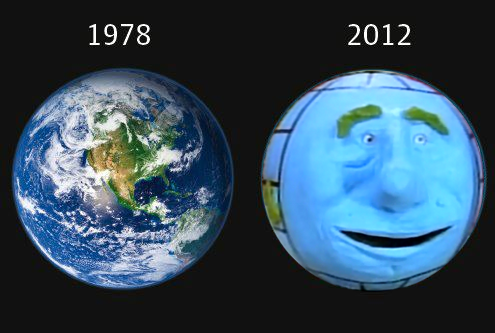Cassini At Saturn, 2016


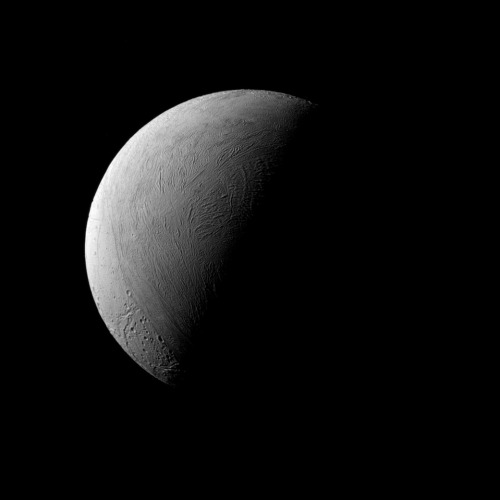
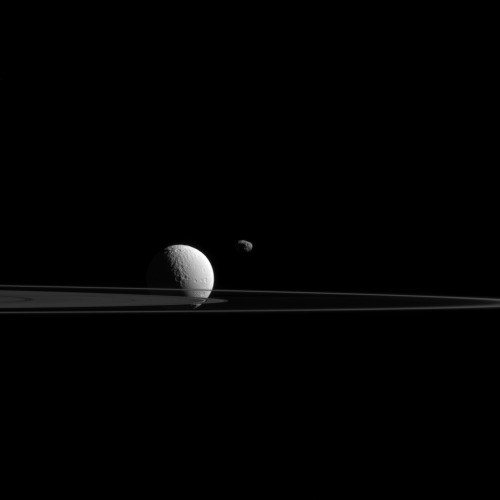

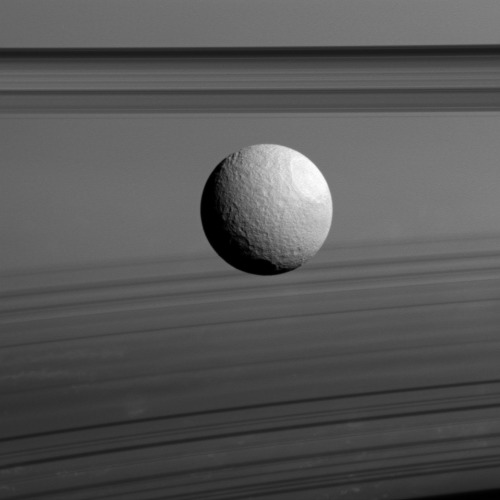
Cassini at Saturn, 2016
More Posts from Plutoisnotaplanet and Others
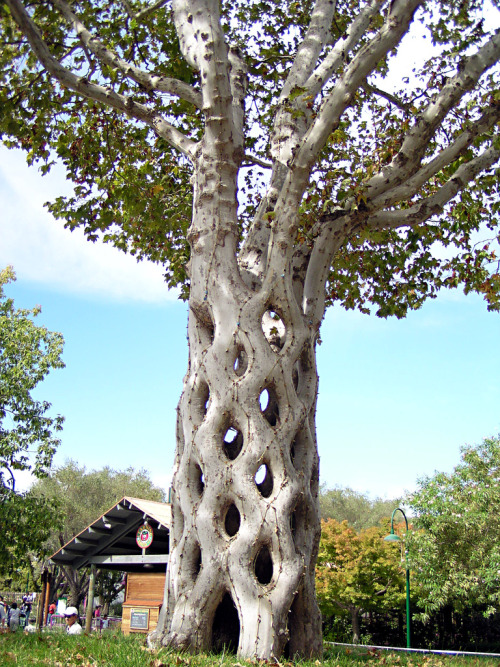
Circus Tree: Six individual sycamore trees were shaped, bent, and braided to form this.
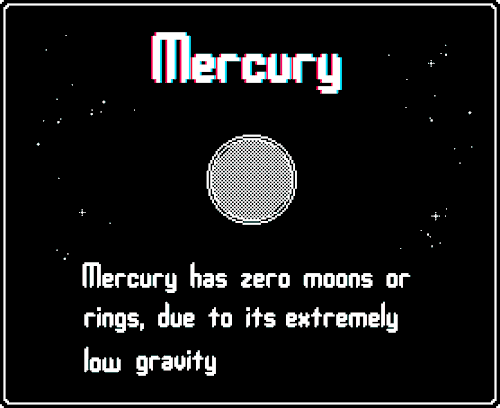
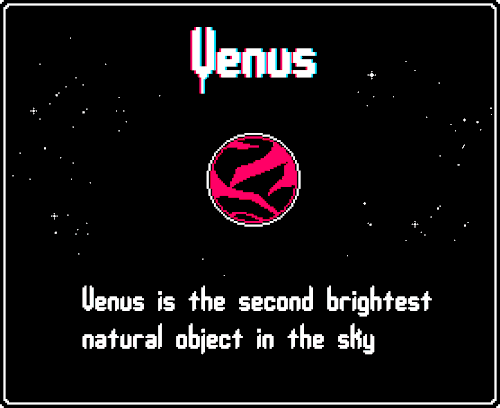
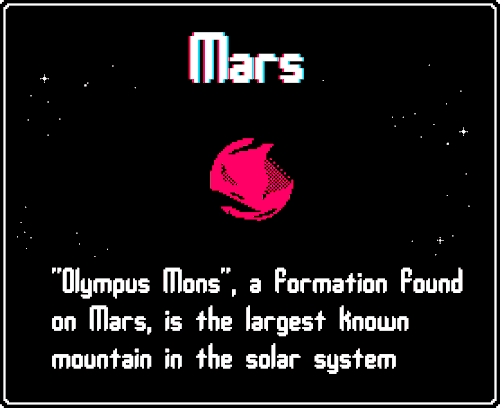
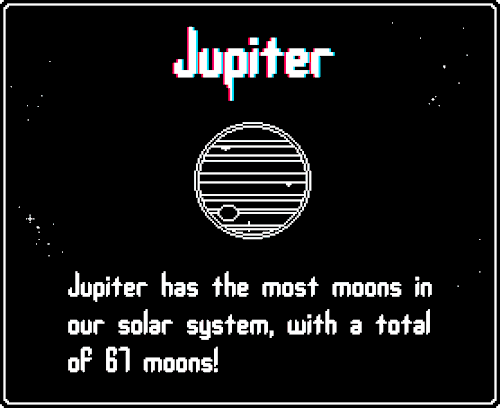
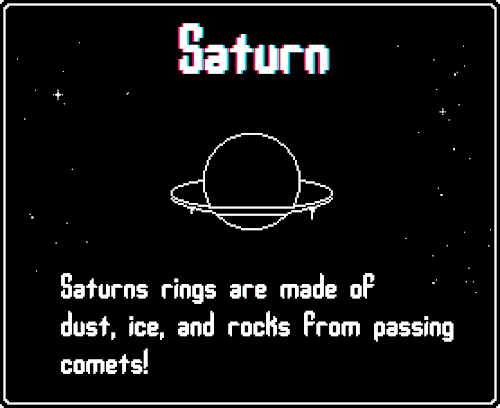
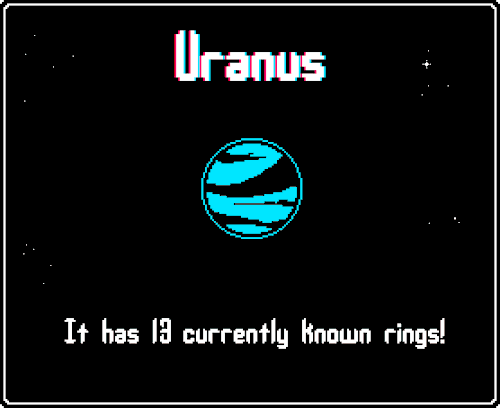
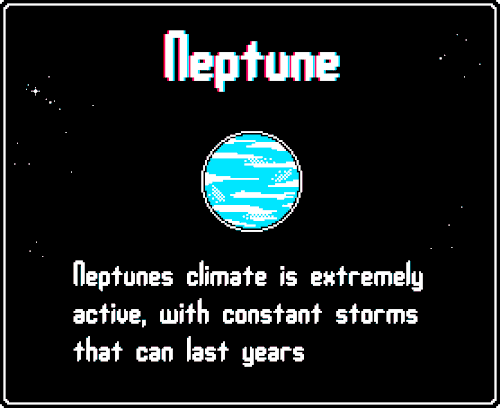
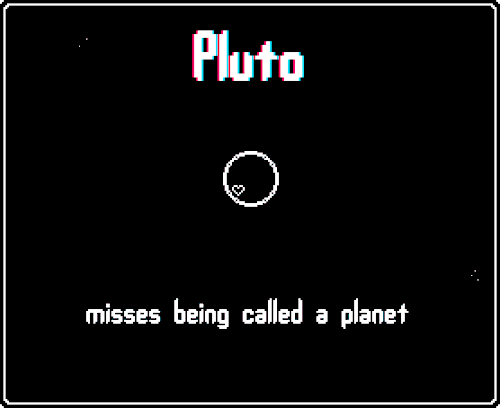
a gifset of planet facts because i rlly love space!!
//please dont remove caption!
It’s Friday...Come Space Out with Us
It’s Friday…which seems like a great excuse to take a look at some awesome images from space.
First, let’s start with our home planet: Earth.

This view of the entire sunlit side of Earth was taken from one million miles away…yes, one MILLION! Our EPIC camera on the Deep Space Climate Observatory captured this image in July 2015 and the picture was generated by combining three separate images to create a photographic-quality image.
Next, let’s venture out 4,000 light-years from Earth.

This image, taken by the Hubble Space Telescope, is not only stunning…but shows the colorful “last hurrah” of a star like our sun. This star is ending its life by casting off its outer layers of gas, which formed a cocoon around the star’s remaining core. Our sun will eventually burn out and shroud itself with stellar debris…but not for another 5 billion years.
The material expelled by the star glows with different colors depending on its composition, its density and how close it is to the hot central star. Blue samples helium; blue-green oxygen, and red nitrogen and hydrogen.
Want to see some rocks on Mars?

Here’s an image of the layered geologic past of Mars revealed in stunning detail. This color image was returned by our Curiosity Mars rover, which is currently “roving” around the Red Planet, exploring the “Murray Buttes” region.
In this region, Curiosity is investigating how and when the habitable ancient conditions known from the mission’s earlier findings evolved into conditions drier and less favorable for life.
Did you know there are people currently living and working in space?

Right now, three people from three different countries are living and working 250 miles above Earth on the International Space Station. While there, they are performing important experiments that will help us back here on Earth, and with future exploration to deep space.
This image, taken by NASA astronaut Kate Rubins shows the stunning moonrise over Earth from the perspective of the space station.
Lastly, let’s venture over to someplace REALLY hot…our sun.

The sun is the center of our solar system, and makes up 99.8% of the mass of the entire solar system…so it’s pretty huge. Since the sun is a star, it does not have a solid surface, but is a ball of gas held together by its own gravity. The temperature at the sun’s core is about 27 million degrees Fahrenheit (15 million degrees Celsius)…so HOT!
This awesome visualization appears to show the sun spinning, as if stuck on a pinwheel. It is actually the spacecraft, SDO, that did the spinning though. Engineers instructed our Solar Dynamics Observatory (SDO) to roll 360 degrees on one axis, during this seven-hour maneuver, the spacecraft took an image every 12 seconds.
This maneuver happens twice a year to help SDO’s imager instrument to take precise measurements of the solar limb (the outer edge of the sun as seen by SDO).
Thanks for spacing out with us…you may now resume your Friday.
Make sure to follow us on Tumblr for your regular dose of space: http://nasa.tumblr.com
“keep these & see what happens” is that a threat
anyways, my pluto poster somehow got a 40/40 that’s rad
perhaps people will finally see the error of their nostalgic ways
i changed the title…WOAH !!! wat a turn of events,,, someoneget that gnat a tiny helmet
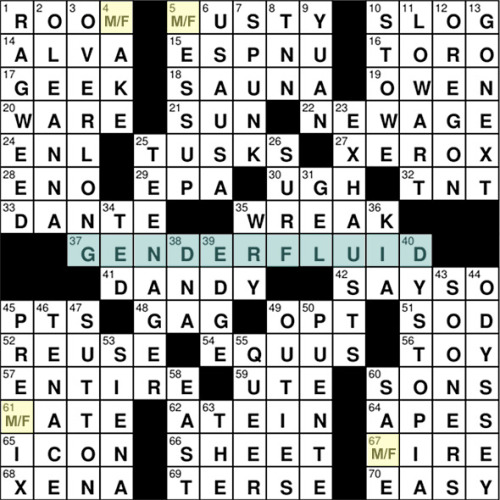
This was the crossword puzzle in the New York Times yesterday.
Tausig’s crossword is a so-called Schrödinger puzzle, named for the physicist’s hypothetical cat that is at once both alive and dead. In a Schrödinger puzzle, select squares have more than one correct letter answer: They exist in two states at once. “Black Halloween animal,” for example, could be both BAT or CAT, yielding two different but perfectly correct puzzles. Only 10 such puzzles have now been published in Times history.
It’s the theme of Tausig’s puzzle, though, that makes it special. Four entries in Thursday’s crossword can include either an “F” or an “M.” Both are correct; neither is wrong. For example, “Part of a house” can be either ROOF or ROOM. The long “revealer” answer, tying those select entries together and spanning 11 squares smack-dab in the middle of the puzzle, is GENDER FLUID.
This puzzle, with “M”s and “F”s that aren’t fixed, is a masterful blend of subject and structure. “It potentially really evokes what gender fluidity is, which is not moving back and forth between two poles, but actually not being committed to either pole, and potentially existing in many states at different times,” Tausig said.
!!!

NASA scientists have reported that they’ve successfully tested an engine called the electromagnetic propulsion drive, or the EM Drive, in a vacuum that replicates space. The EM Drive experimental system could take humans to Mars in just 70 days without the need for rocket fuel, and it’s no exaggeration to say that this could change everything.
But before we get too excited (who are we kidding, we’re already freaking out), it’s important to note that these results haven’t been replicated or verified by peer review, so there’s a chance there’s been some kind of error. But so far, despite a thorough attempt to poke holes in the results, the engine seems to hold up.
Continue Reading.
-
 lesser-sage-of-stars reblogged this · 6 months ago
lesser-sage-of-stars reblogged this · 6 months ago -
 monochromeradiationsensitive liked this · 1 year ago
monochromeradiationsensitive liked this · 1 year ago -
 photopraxis reblogged this · 1 year ago
photopraxis reblogged this · 1 year ago -
 dreamers-wonderland reblogged this · 4 years ago
dreamers-wonderland reblogged this · 4 years ago -
 studyingat0234am reblogged this · 7 years ago
studyingat0234am reblogged this · 7 years ago -
 piantinamirtilla reblogged this · 8 years ago
piantinamirtilla reblogged this · 8 years ago -
 whalebonewhale reblogged this · 8 years ago
whalebonewhale reblogged this · 8 years ago -
 magicalavenueturtle-blog liked this · 8 years ago
magicalavenueturtle-blog liked this · 8 years ago -
 cryiiiii liked this · 8 years ago
cryiiiii liked this · 8 years ago -
 psychoticbixch liked this · 8 years ago
psychoticbixch liked this · 8 years ago -
 pandaunicorn00-blog liked this · 8 years ago
pandaunicorn00-blog liked this · 8 years ago -
 jackkittyrecords-blog liked this · 8 years ago
jackkittyrecords-blog liked this · 8 years ago -
 vinylfreakshow liked this · 8 years ago
vinylfreakshow liked this · 8 years ago -
 fitfii-blog1 liked this · 8 years ago
fitfii-blog1 liked this · 8 years ago -
 officialho liked this · 8 years ago
officialho liked this · 8 years ago -
 robangelou liked this · 8 years ago
robangelou liked this · 8 years ago -
 mayajlovs liked this · 8 years ago
mayajlovs liked this · 8 years ago -
 fashionartphotolover liked this · 8 years ago
fashionartphotolover liked this · 8 years ago -
 wewilzera liked this · 8 years ago
wewilzera liked this · 8 years ago -
 stel-la-loser liked this · 8 years ago
stel-la-loser liked this · 8 years ago -
 italiaaan liked this · 8 years ago
italiaaan liked this · 8 years ago -
 refinedwaves liked this · 8 years ago
refinedwaves liked this · 8 years ago -
 nbluestar03 liked this · 8 years ago
nbluestar03 liked this · 8 years ago -
 malcolmpereiraa liked this · 8 years ago
malcolmpereiraa liked this · 8 years ago -
 inadeguata liked this · 8 years ago
inadeguata liked this · 8 years ago -
 nightvalescommunityobelisk liked this · 8 years ago
nightvalescommunityobelisk liked this · 8 years ago -
 corjn liked this · 8 years ago
corjn liked this · 8 years ago -
 escapecages reblogged this · 8 years ago
escapecages reblogged this · 8 years ago -
 etherealbabygangster liked this · 8 years ago
etherealbabygangster liked this · 8 years ago -
 escapecages reblogged this · 8 years ago
escapecages reblogged this · 8 years ago -
 jayleeg reblogged this · 8 years ago
jayleeg reblogged this · 8 years ago
welcome to my space space (see what i did there) (space means two different things)
232 posts
